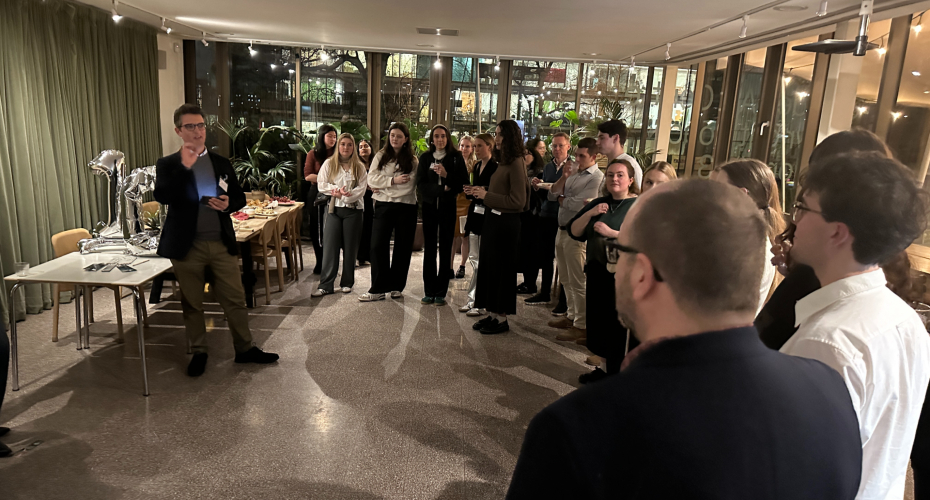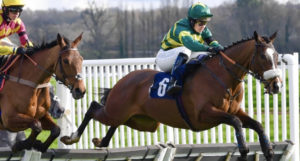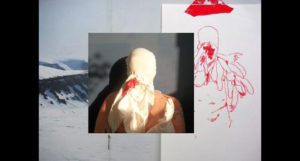Art History and Visual Culture celebrates a decade of contemporary education and research

An interdisciplinary initiative that focuses on the importance of images and artefacts in the past and in contemporary life is celebrating its tenth anniversary.
Art History and Visual Culture launched at the University of Exeter in the 2013/14 academic year, bringing together a host of subjects including the history of art, philosophy, sociology, cinema, and other cultural studies and creative practices.
Since then, it has educated hundreds of students, developed relationships with influential industry bodies such as the British Council, and secured millions of pounds worth of research funding for projects as diverse as queer craft, 19th century French fabrics, and cutting-edge digital history guides for European cities.
When it launched, Art History and Visual Culture was envisaged as a cross-college programme, with staff drawn from multiple departments, recalls Fabrizio Nevola, Professor in Art History and Visual Culture, and Deputy Head of the Department of Languages, Cultures and Visual Studies, in which it now sits.
“There were just two full-time dedicated members of the team and a cohort of around 20 students,” Professor Nevola says. “But we have grown and flourished since, both in terms of the raw numbers of our academic and student community, and through new postgraduate programmes, such as the MA Curation: Contemporary Art and Cultural Management.”
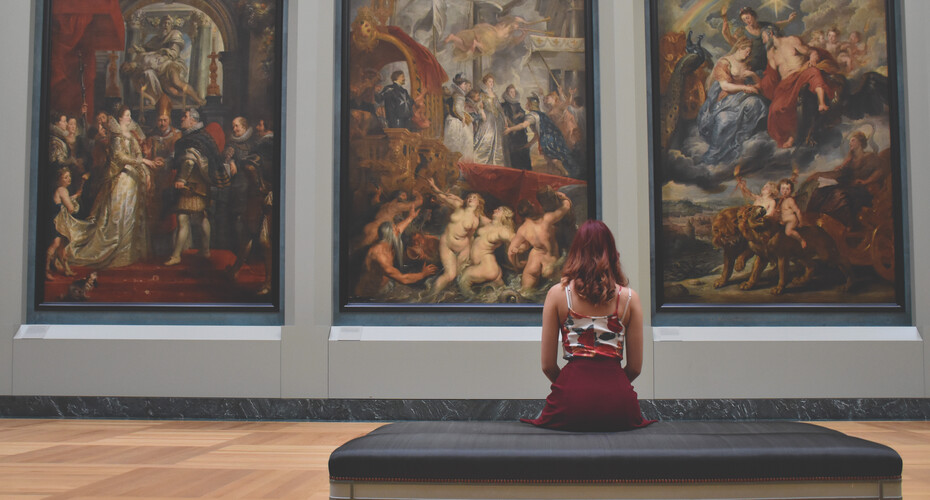
At undergraduate level, students are offered a comprehensive grounding in art history and its related disciplines, with modules tailored to nurturing their expertise in the description and analysis of painting, sculpture and other visual media. Undergraduates learn how to use a variety of technical, historical and theoretical approaches to study visual artefacts and to assess their significance in societies past and present.
The role that museums and galleries play in the interpretation of these works of art is also a key theme, and one brought to life through the University’s connections to public collections and art spaces. At a regional level, these include the Royal Albert Memorial Museum and the Bill Douglas Museum, while further afield, there are now close collaborations with London organisations, such as the renowned Whitechapel Gallery and the National Gallery.
A number of partners have hosted student internships, and, thanks to support from the likes of the British Council, those opportunities for students to gain employability skills are now global, at both the world-renowned Venice Biennale and Sharjah Art Foundation.
“It is testament to our collaborative ethos that we have developed such a renowned network of partner organisations,” says Professor Nevola. “And our ability to offer a fellowship for both an undergraduate and postgraduate student at the Venice Biennale each year, is fantastic. The Fellowships are highly prestigious and supported by the British Council.”
The MA Curation degree extends and deepens this relationship between the University’s teaching and curatorial practice. As part of their internship module, for example, students are asked to maintain a logbook of their work experience, and these are being published as a special MA Curation Blog Series on the Arts and Culture website.
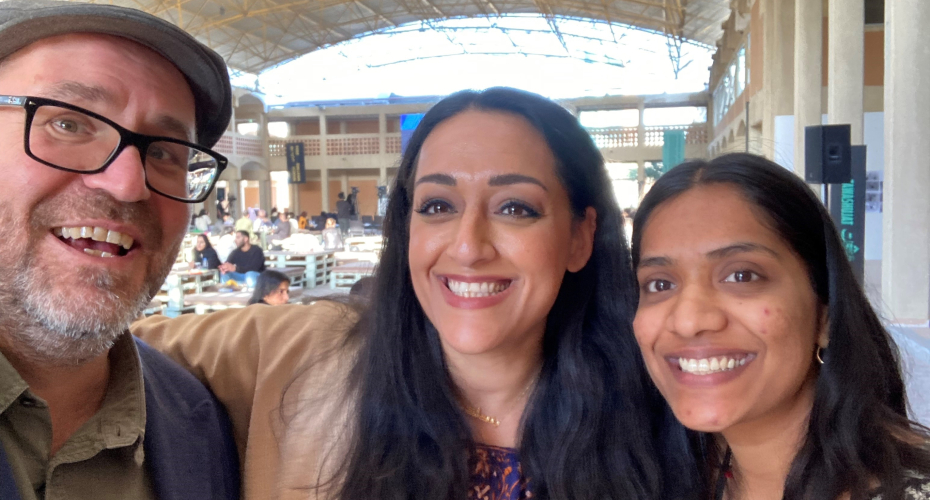
“In addition to learning about the social, cultural and economic issues which shape the international contemporary art world today, and discussing the critical ideas which inform current practice, it is vital that students get hands-on experience of working in the art world,” says the degree’s founding Programme Director, Professor Tom Trevor. “Work placements are an integral part of the MA Curation, and we are delighted that the new Turing Scheme has made it possible to extend these internship opportunities internationally. The Venice Biennale has long been the main gathering point of the global art community, while Sharjah Art Foundation is fast becoming one of the most influential platforms for contemporary art and ideas in the Middle East.
“The value of the MA can also be measured through the impact it has had upon the diversity of our impact community. We now have a truly international cohort, with students from China, India, Taiwan and the USA, as well as the UK, this year.”
Major growth in research income has also been a feature of the past decade, with funding secured from the like of the Arts and Humanities Research Council, Leverhulme, the Paul Mellon Centre, and the Getty Foundation. Among the highest profile of its research projects has been HistoryCity, which was won various awarded including from the Digital Humanities Awards (2022).
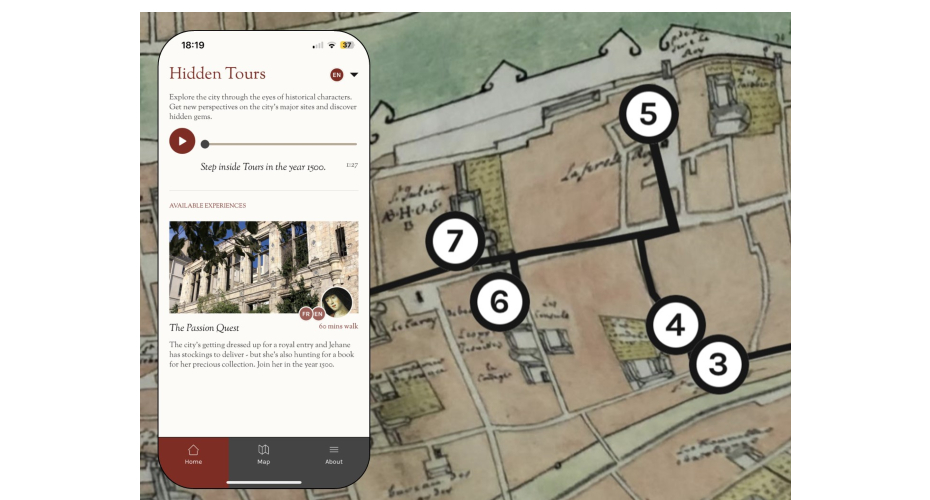
Formerly known as Hidden Cities, HistoryCity is a collection of free apps that provide immersive, GPS-triggered trails for a select group of heritage cities in Europe. Covering destinations such as Florence, Valencia, Copenhagen and Hamburg, the apps are all developed in collaboration with a local museum or higher education partner, and feature narratives that reveal the hidden history of the city, narrated by historical characters.
“HistoryCity relocates in a virtual sense museum artefacts to the places where they were once associated, linking them to the social and cultural worlds that gave them meaning,” says Dr David Rosenthal, Trails Director and a historian of early modern Italy. “Augmented Reality invites a new approach to the ‘museum without walls’, reuniting cultural heritage – cities, buildings, artworks – across time and space.”
“Our lecturers are at the cutting edge of art historical and visual culture research,” adds Professor Nevola. “Key staff are specialising in the analysis of historic and contemporary arts practices, art and technology, photography, performance, popular culture, museology and curatorship, visual representations of ethnicity, gender and sexuality, and visual cultures from the classical era to the present.
“It all serves to create an academic community that is truly distinctive, one that operates at the cutting edge of contemporary art research and curatorial practice, as well as art history and visual culture.”
To celebrate its tenth anniversary, staff, alumni and current students gathered at Camden Art Centre for an event – photos of which can be viewed on this page.
